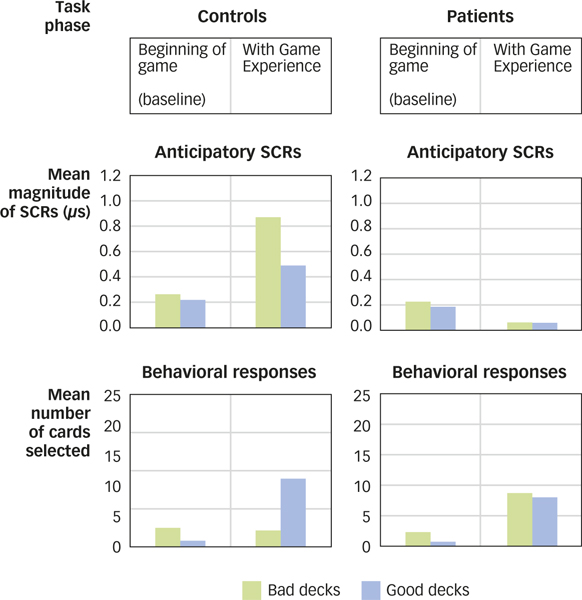
FIGURE 9.10 The Neuroscience of Risky Decision Making n a study of risky decisionI making, participants played a game in which they selected a card from one of four decks. Two of the decks were made up of riskier cards, that is, “bad” cards that provided large payoffs or large losses. The other two contained safer cards—